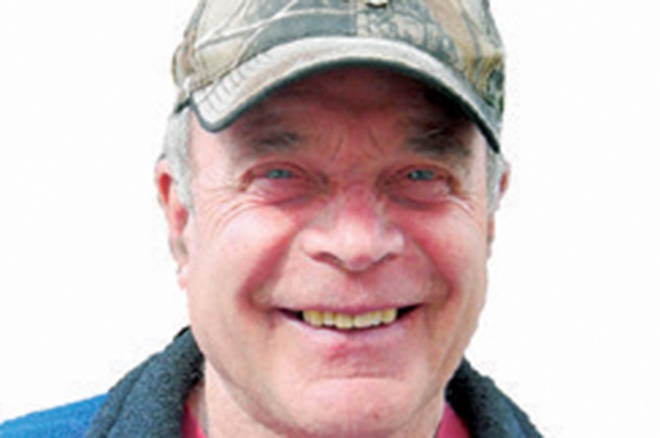A crisp wind rustled the mottled cat tails of the winter marsh.
In the forest, snow continued to fall. Only the chi-chi-chi of the chickadee’s tiny song could be heard.
Wildlife’s evolving cycle of the seasons had began. A perilous adaption of cold survival for each species.
Unless attuned to the ecology of the forest around us, we pay scant attention to what is happening. On the other side of the world, it’s totally heartbreaking to see what is occurring to the animals of Australia, including the kangaroo’s, koala’s and other reptiles and rodents due to the continuing devastating bush fires. Their ecology in most parts has changed forever, as have human activities – industrial and recreational.
(News just came out that our Boreal forest may undergo major ecological change due to wildfire.)
Here in B.C., animals adapt to the seasons. Winter: Ducks and geese have double circulation pumping warm blood to the extremities (feet) and cold blood back to warm. Your dog does too.
Wild animals (moose, deer) have a protective fatty acid (eicosapentaenoic acid) flowing through their blood vessels to extremities that acts like antifreeze.
Read more: SPCA urges province to include mandatory plans for pets during emergencies
Read more: Australian couple staying in B.C. says fires in their state double the size of Vancouver Island
With our deep snow, moose have moved to the valley bottoms. Deer yard up in old growth, under fir and spruce trees, foraging on box wood fir birch tips. Their fat reserves are quickly used up. Deer use physical behavior adaptions, facing different directions while bedded, on the look out for predators while curling up to stay warm.
Life in our Shuswap winter forests is greatly affected by a feast and famine existence due to prey/predator interactions. In Australia, we’ll see ecological life-changing effects for the remaining wildlife, as well as the folks Down Under.
Fortunately, our animals go through thermoregulation in winter, based on Allen’s rule: Permanent extremities such as ears, legs backs, tails are a source of heat loss, which means they grow smaller in cold climates, and larger in warm climates. Overall, for bears and small critters snoozing in their dens it’s good. But for our younger deer, plus predators, it’s going to be tough in deep snow.
Keep shovelling snow and smile – that’s all we can do!
